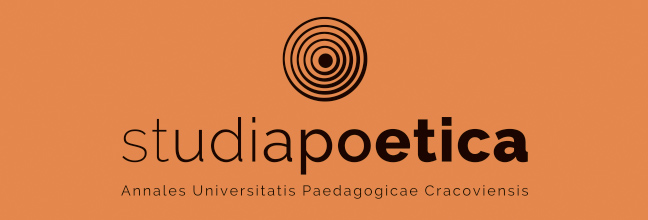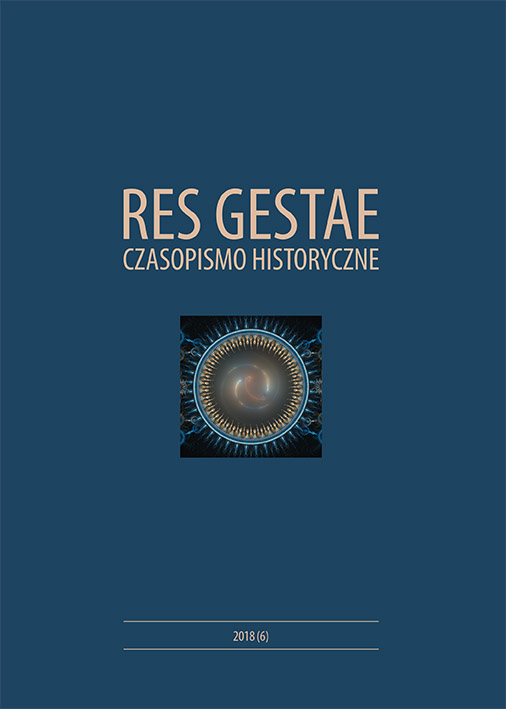Hylzenowie, Platerowie i Tyzenhauzowie. Szlachta inflancka i jej rola w życiu politycznym osiemnastowiecznej Rzeczypospolitej
Main Article Content
Abstrakt
After the Treaty of Vilnius (1561), the process of gradual inclusion of Livonian nobility to the administrative and political structures of the Grand Duchy of Lithuania and later of the Polish-Lithuanian Commonwealth began. With the creation of the Inflanty Voivodeship in 1677, the Livonian nobility of German origin began to Polonise / Lithuaniseand return to Catholicism. The bond between the Livonian families and the Polish-Lithuanianstate began their great careers and political activities at the central level. The participation of “Teutonic” families in the public matters in the 18th century Polish-Lithuanian Commonwealth was measured through the senate offices and the legations. The greatest number of senatorsin the 18th century came from the Plater family, followed by Hylzen, Tyzenhauz, Zybergs and Grothuz families. Among the Livonian deputies, members of the Plater and Tyzenhauz family dominated, while the rest of the families gained much less seats.
Article Details
Jak cytować
Wróbel, Łukasz. (2018). Hylzenowie, Platerowie i Tyzenhauzowie. Szlachta inflancka i jej rola w życiu politycznym osiemnastowiecznej Rzeczypospolitej. Res Gestae. Czasopismo Historyczne, 6, 175–185. Pobrano z https://resgestae.uken.krakow.pl/article/view/4598
Numer
Dział
Artykuły
|

